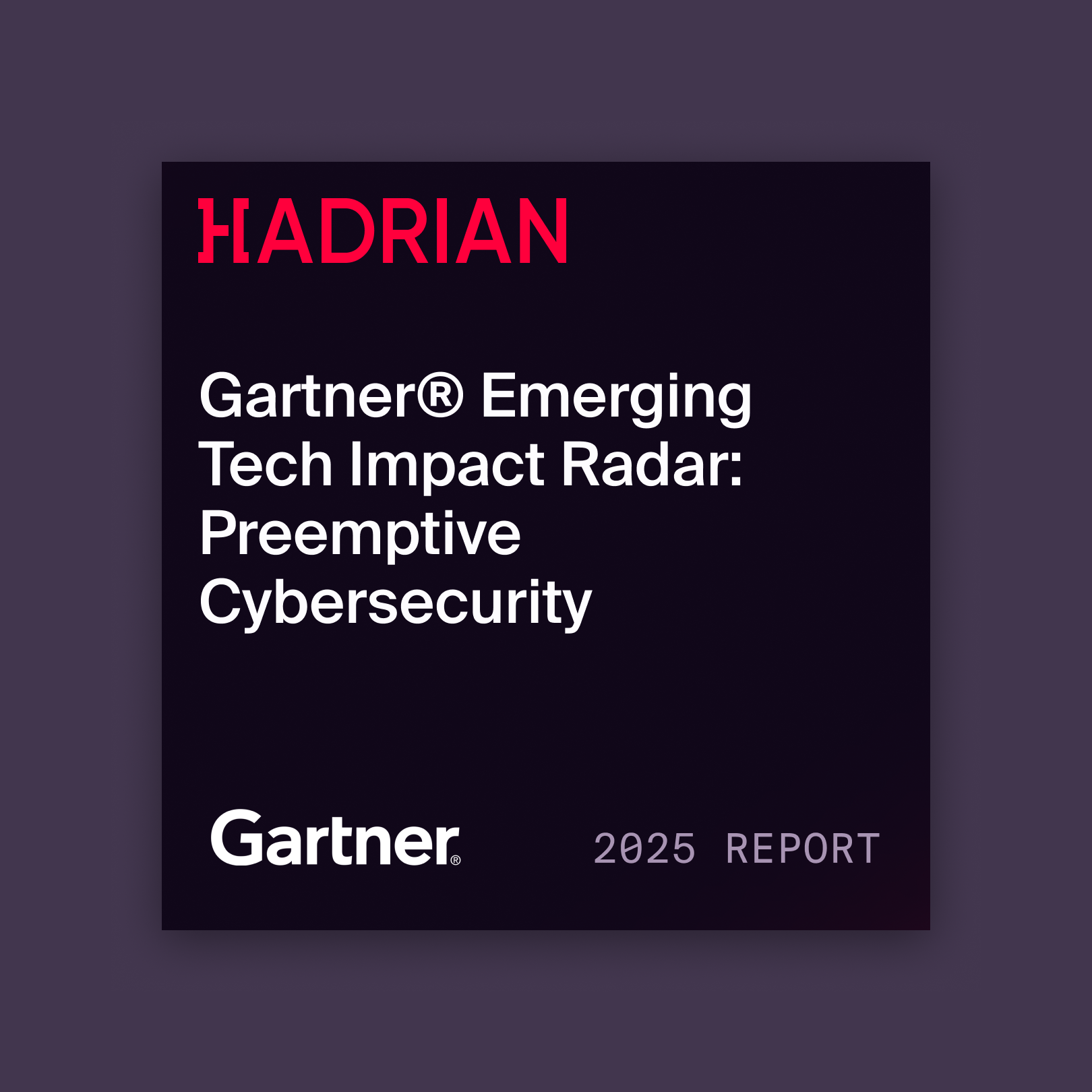
Monitoring and securing digital assets is essential, but many security teams have limited budgets and are looking for the best solutions that provide more bang for their buck. Out of the many different SaaS products out there promising to secure your external attack surfaces, how can a team choose what is best for their company?
Hadrian’s External Attack Surface Management (EASM) and Security Rating Services (SRS) stand out as two approaches to assessing and improving an organization’s security posture. Still, many people lack context on the apparent differences and abilities these tools are capable of. While both are valuable, they serve different purposes and cater to distinct aspects of cybersecurity management. This blog will compare their differences, benefits, and how they address modern security challenges to ensure security teams receive the best information to secure their company’s assets and customers’ data.
What Are Security Rating Services (SRS)?
Security Rating Services are tools designed to assess an organization’s cybersecurity posture by generating quantifiable risk scores. These services are beneficial for high-level reporting and benchmarking, commonly used for:
- Monitoring changes in security posture over time.
- Assessing the impact of cybersecurity initiatives.
- Benchmarking third-party organizations’ security.
- Passively scanning organizations for unpatched technologies.
Limitations of Security Rating Services
Despite their apparent value, SRS tools often fall short in practicality for real-world security operations due to the following:
- Lack of Fidelity:
- SRS provides high-level ratings without granular asset-specific insights.
- Risks tied to individual assets may go unnoticed, as external asset scanning is not a core functionality.
- Low Accuracy:
- SRS analyzes only a limited number of factors that may lead to false security confidence.
- Security teams often need supplementary tools to identify risks missed by SRS.
- False Positives:
- Detected risks are not verified for exploitability, leading to wasted non-issue resources.
- Unprioritized and context-lacking SRS findings can mislead security teams into focusing on less critical risks, diverting attention from more pressing vulnerabilities.
- Unactionable Results:
- SRS scores lack contextual information and remediation guidance, necessitating extra research by security teams to act on findings.
What Sets EASM Apart?
External Attack Surface Management takes a proactive, hacker-centric approach to identifying and mitigating risks. It continuously monitors an organization’s external-facing assets, leveraging automation to provide actionable insights.
Key Features of Hadrian EASM
- Comprehensive Asset Discovery:
- Automatically catalog external-facing assets in a searchable database, ensuring full visibility of potential vulnerabilities.
- Risk-Based Prioritization:
- Scores vulnerabilities based on exploitability and potential impact, allowing teams to focus on critical risks.
- Detailed Attack Vector Analysis:
- Tracks and records exploitation techniques offer insights into how attackers could leverage vulnerabilities.
- Actionable Remediation Instructions:
- Step-by-step guides created by Hadrian’s hacker team empower organizations to resolve vulnerabilities effectively.
- Vulnerability Detection and Validation:
- Detects and validates thousands of vulnerabilities, including zero-days, active subdomain takeover risks, and SQL injections.
How They Complement Each Other
While Hadrian’s EASM and Security Rating Services serve distinct purposes, they can work synergistically to strengthen an organization’s cybersecurity strategy:
Security Rating Services:
- Offer executive-level insights and facilitate compliance reporting and vendor assessments.
- Helpful in benchmarking security posture against industry peers.
Hadrian EASM:
- Delivers deep, actionable insights for security teams to mitigate risks proactively.
- Ensures no vulnerabilities slip through the cracks with continuous monitoring.
Organizations need to balance strategic oversight with tactical execution in their cybersecurity initiatives. While Security Rating Services provide valuable macro-level assessments, they often fall short in practical application due to their lack of context and granularity. Hadrian’s EASM fills this gap, offering a hands-on, attacker-oriented approach to vulnerability management.






